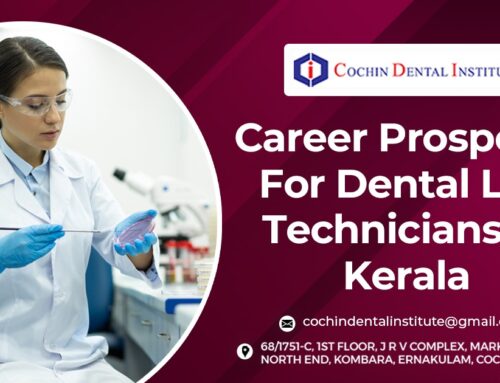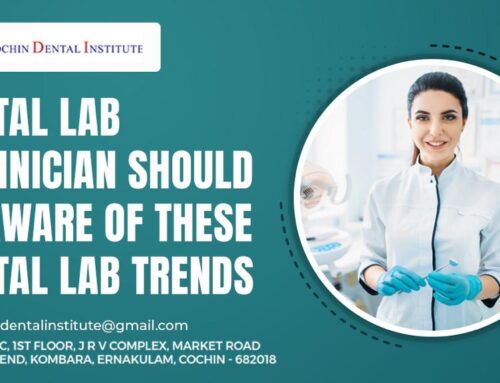In recent years, advancements in dental lab technology have revolutionized the field of dentistry, paving the way for more precise and effective dental care. From computer-aided design and manufacturing (CAD/CAM) systems to 3D printing and digital imaging, these technologies have transformed the way dental prosthetics and restorations are created and implemented. We will explore the future of precision dental care, highlighting the key technologies shaping the industry and their impact on both dental professionals and patients.
-
CAD/CAM Systems:
Computer-aided design and manufacturing (CAD/CAM) systems have become a cornerstone of modern dental lab technology. These systems allow for the creation of highly accurate and customized dental restorations, such as crowns, bridges, and veneers. With CAD/CAM technology, dental professionals can digitally scan a patient’s teeth and create a virtual model, which is then used to design the restoration. The design is then sent to a milling machine that fabricates the final prosthesis from a block of ceramic or other dental materials. CAD/CAM systems enhance precision, reduce human error, and significantly shorten the turnaround time for restorations.
-
3D Printing:
The advent of 3D printing has brought significant advancements to the dental industry. Dental laboratories can now use 3D printers to create dental models, surgical guides, and even temporary or permanent dental prosthetics. This technology allows to the production of highly accurate and intricate dental components, reducing the need for manual labour and traditional manufacturing methods. 3D printing enables faster production times, better material utilization, and the ability to create patient-specific solutions that perfectly match individual anatomies.
-
Digital Imaging and Scanning:
Digital imaging and scanning technologies have transformed the way dentists capture and analyse patient data. Traditional dental impressions using putty-like materials have been replaced by digital scanners that capture detailed 3D images of the patient’s teeth and gums. These digital scans are more comfortable for patients and provide highly accurate representations of the oral cavity, facilitating precise treatment planning and the creation of customized dental restorations. Digital imaging also allows for better communication between dental professionals, ensuring seamless collaboration and improved patient outcomes.
-
Virtual Reality and Augmented Reality:
Virtual reality (VR) and augmented reality (AR) technologies are gaining traction in the dental field, particularly in the realm of patient education and treatment planning. VR and AR tools provide patients with immersive experiences, enabling them to visualize the proposed treatment outcomes and understand the expected results. Dentists can use these technologies to explain complex procedures, enhance patient engagement, and alleviate anxiety. Additionally, VR and AR applications can assist dental professionals in performing procedures with greater accuracy and precision.
-
Artificial Intelligence (AI) and Machine Learning:
The integration of artificial intelligence and machine learning algorithms in dental lab technology has immense potential for improving diagnosis, treatment planning, and quality control. AI algorithms can analyse vast amounts of patient data, including medical history, radiographs, and clinical notes, to assist dentists in making accurate diagnoses and treatment recommendations. Machine learning algorithms can also aid in the detection of dental anomalies and assist in predicting the longevity of restorations. These technologies have the potential to enhance patient care, optimize treatment outcomes, and streamline the workflow in dental labs.
Dental lab technology is rapidly advancing, offering exciting possibilities for the future of precision dental care. From CAD/CAM systems and 3D printing to digital imaging and AI-powered diagnostics, these technologies are reshaping the dental industry, benefiting both dental professionals and patients. The future holds great promise for further innovations, improved patient experiences, and enhanced treatment outcomes. As dental lab technology continues to evolve, we can expect more accuracy and efficiency.
With the introduction of cutting-edge technologies such as computer-aided design and manufacturing (CAD/CAM) systems, 3D printing, digital imaging, and artificial intelligence (AI), Best Dental College in Ernakulam has reached new heights of accuracy, efficiency, and customization.
Top Dental Institute in Ernakulam will delve into the exciting realm of dental lab technology and explore the key technologies driving the future of precision dental care.





